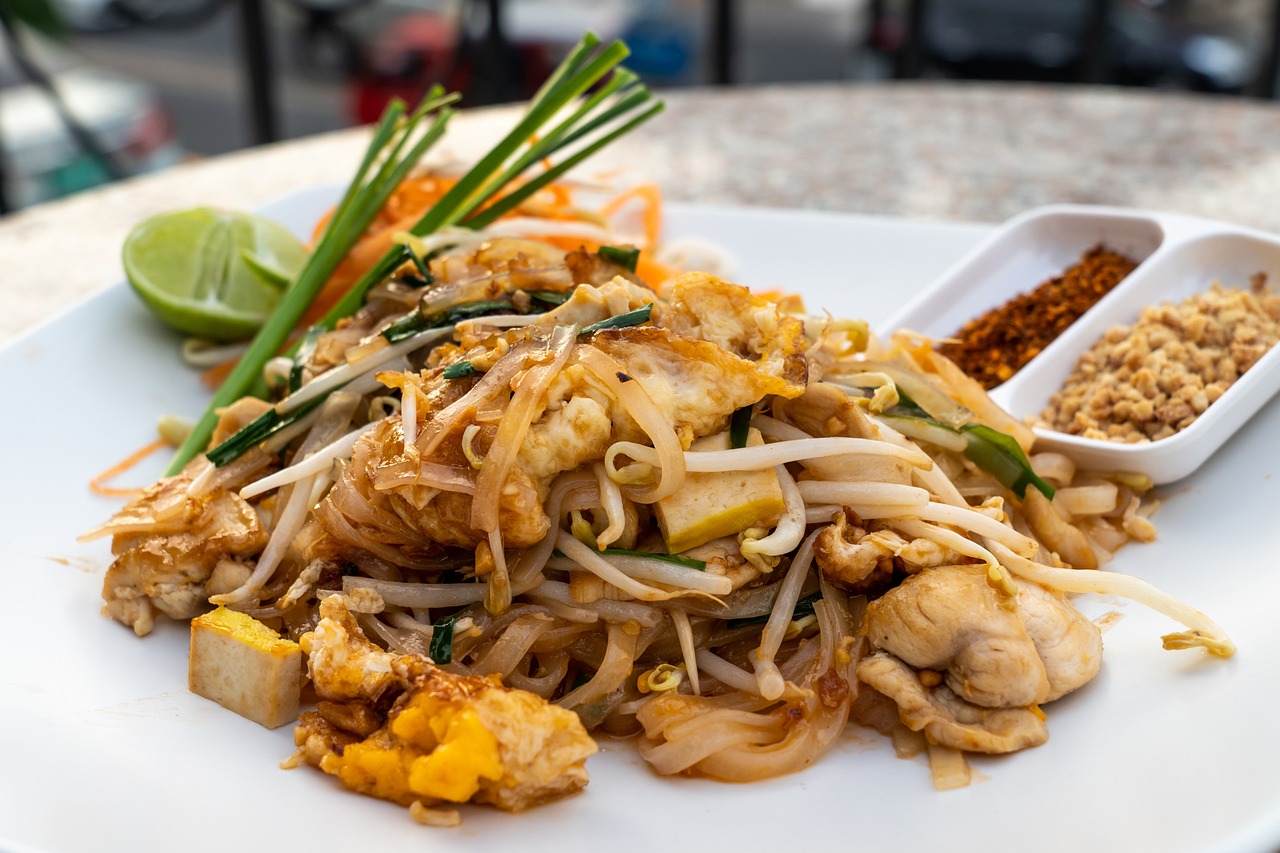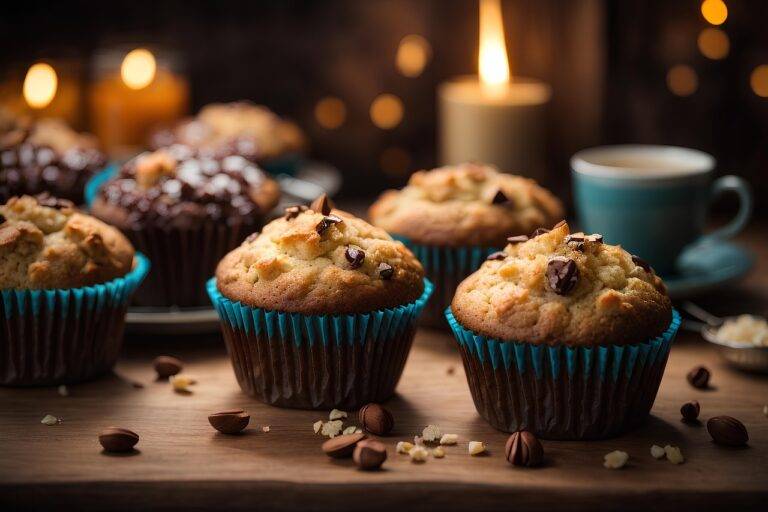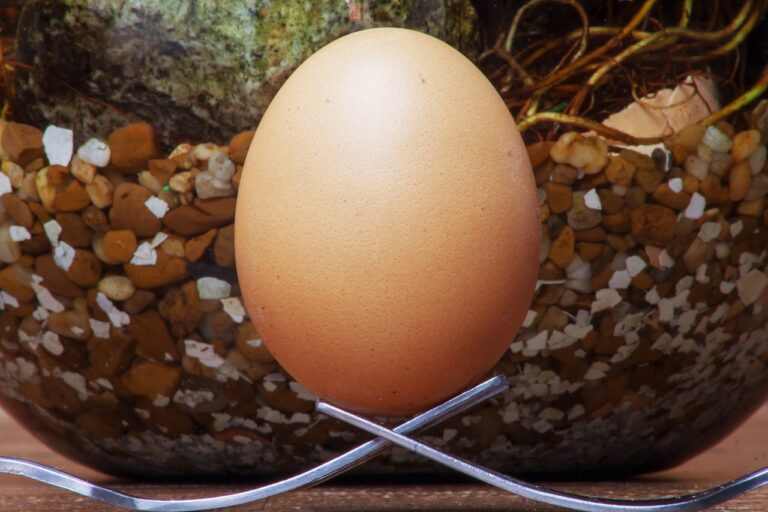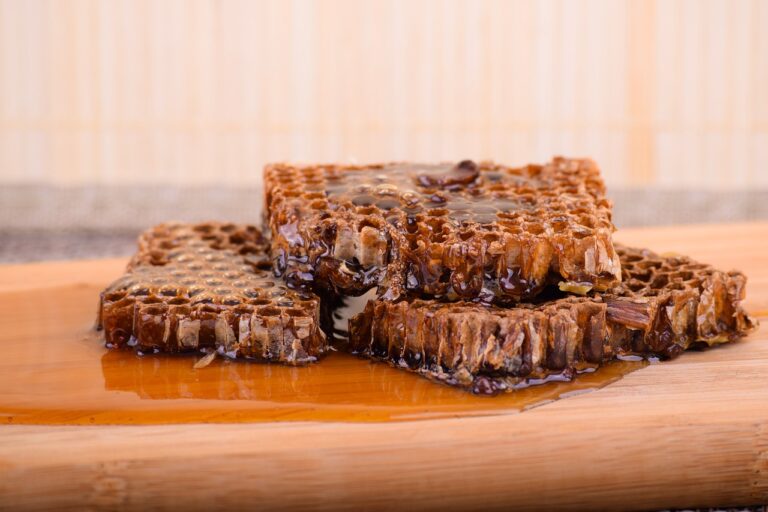Exploring the World of Gluten-Free Baking
Gluten-free baking is a culinary art that involves creating delicious baked goods without using wheat flour. Instead, gluten-free bakers rely on alternative flours such as almond flour, coconut flour, rice flour, and tapioca flour. These flours provide a similar texture to traditional wheat flour while ensuring that the final product is safe for those with gluten sensitivities or celiac disease.
In addition to alternative flours, gluten-free baking often involves using binders such as xanthan gum or guar gum to help hold ingredients together. Eggs, applesauce, and flaxseed meal are also commonly used as binding agents in gluten-free recipes. By understanding the basics of gluten-free baking and experimenting with different ingredients, bakers can create delicious treats that are suitable for everyone to enjoy.
Benefits of Gluten-Free Baking
Gluten-free baking offers a variety of benefits for those with gluten sensitivities or Celiac disease. By eliminating gluten from baked goods, individuals can enjoy treats without experiencing digestive issues or other negative reactions. This can lead to improved overall health and well-being, as people can still indulge in delicious baked goods without compromising their dietary restrictions.
Moreover, gluten-free baking can also open up new culinary possibilities for individuals looking to experiment with different flours and ingredients. This can result in unique and flavorful baked goods that are not only safe for those with gluten intolerances but also appealing to all taste buds. Additionally, gluten-free baking allows people to get creative and explore new recipes, expanding their culinary skills and knowledge.
Common Ingredients in Gluten-Free Baking
Gluten-free baking relies on a variety of alternative flours and starches to replace traditional wheat flour. Common flours used in gluten-free baking include rice flour, almond flour, coconut flour, and chickpea flour. These flours each have unique properties that can affect the texture and flavor of the final baked goods.
Starches such as tapioca starch, potato starch, and cornstarch are often added to gluten-free baked goods to improve their texture and help bind the ingredients together. These starches provide structure and stability to recipes that lack gluten, helping to mimic the elasticity and chewiness that gluten typically provides in traditional baking.





